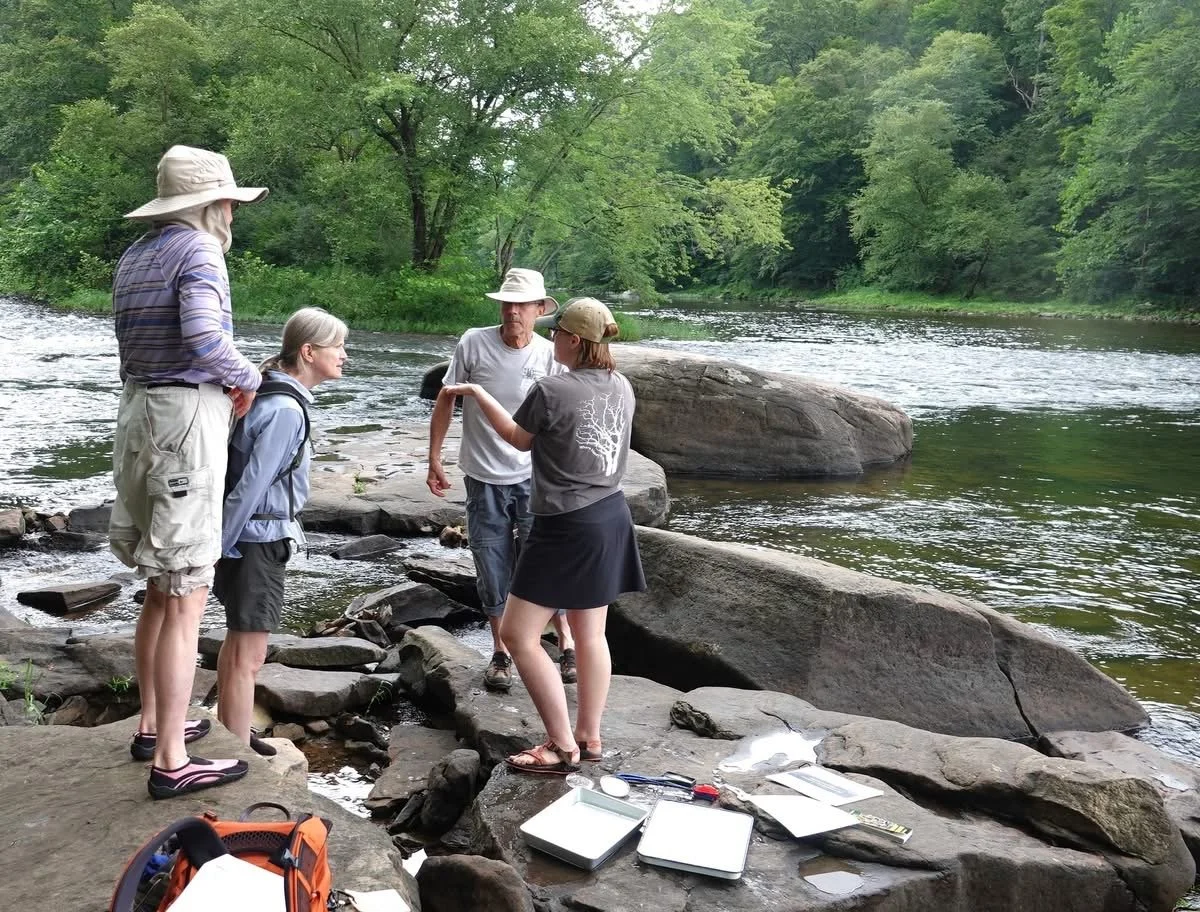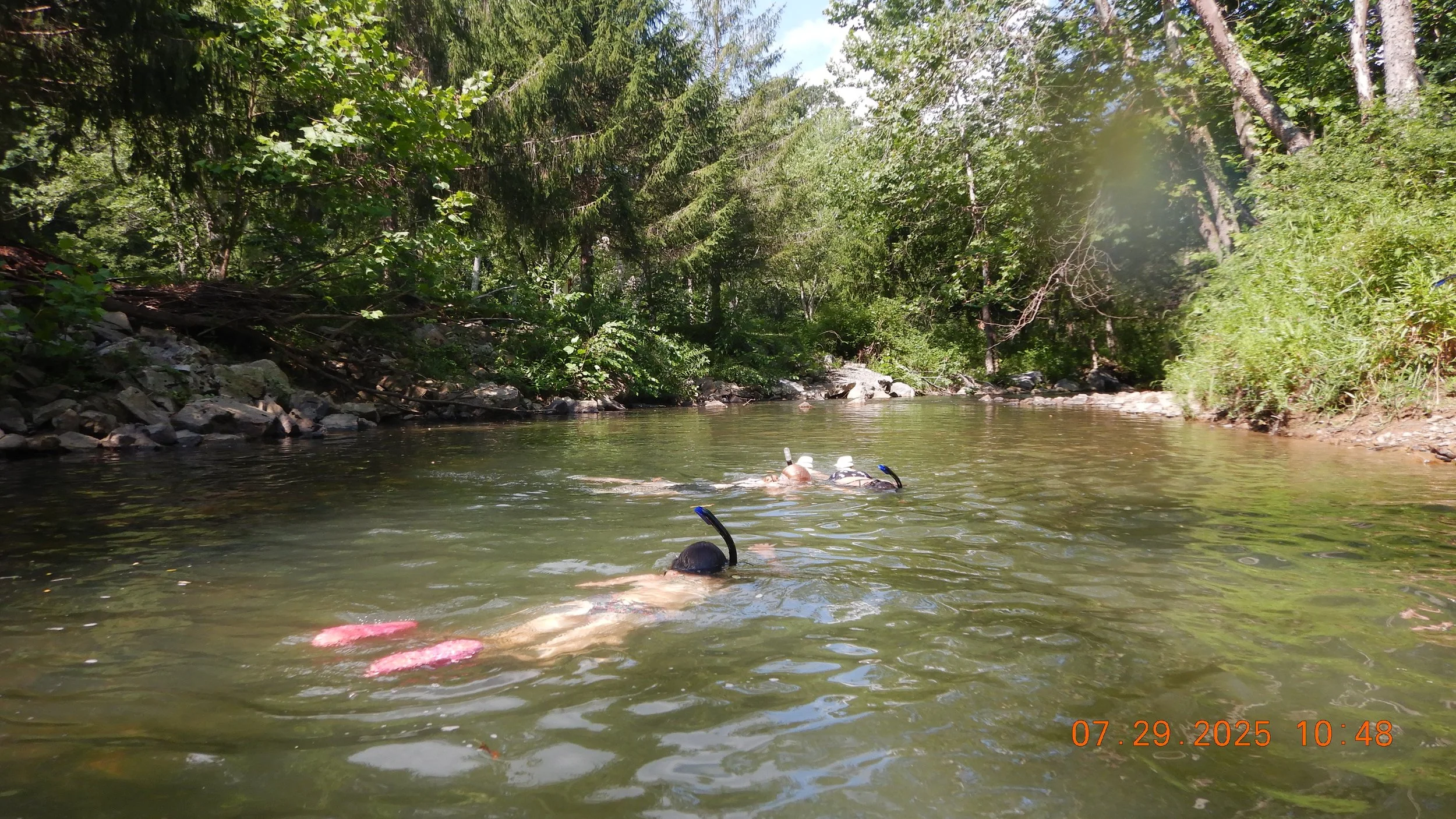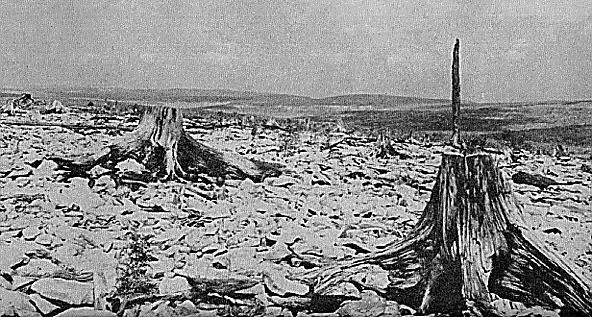What’s New?
Stay up to date in AFNHA activities, events, and organizational news.
Join us at the Appalachian Forest Discovery Center on August 2nd for a free screening of The Pollinators!
Join us each week at the Appalachian Forest Discovery Center for Discovery Time, a summer program bringing fun, free, and educational activities for all ages. These events are free, and often include take-home kits and projects. Visit us for discovery time every Saturday, 11-12:30 AM, until the end of August.
Check out our Instagram and Facebook to see what activity we will have each week!
Movies at the Mill presents a free screening of “Matewan” with a conservation and performance with Folklorist and “Matewan” fiddler Gerry Milnes to follow. Join us at the Appalachian Forest Discovery Center in Elkins on July 18th at 5:00PM.
Are you passionate about our National Heritage Area, its history and heritage? Do you have insights, experiences, or research you're eager to share with a dynamic audience? We invite you to submit a proposal to present at the Appalachian Forest Discovery Summit!
The Appalachian Forest Heritage Area Inc. (AFNHA), is seeking a qualifications package and expressions of interest from Architectural firms to provide design and other pre-development services for the Darden Mill Redevelopment Project located at 101 Railroad Avenue in Elkins, WV.
We are extremely saddened by the termination of several other AmeriCorps programs in West Virginia and many more nationwide. These losses of funding have affected many partner organizations within our region. While our own AmeriCorps program has been unaffected and AFNHA remains fully operational, we mourn these losses and expect serious consequences for our communities.
Growth Rings: Appalachian Forest National Heritage Area Newsletter
Within Growth Rings:
AmeriCorps Positions
Discovery Summit
America's 250th
Volunteer Opportunities
Welcoming New AmeriCorps
During my AmeriCorps service with the Monongahela National Forest, I have had the opportunity to work with various nonprofits and community groups. My favorite and most significant collaboration has been with the Greenbrier River Watershed Association.
When I began my AmeriCorps service year, I wasn’t entirely sure what to expect. I knew I wanted to give back to my community and grow in my own skills, but I couldn’t have predicted just how much this experience would shape me.
AmeriCorps member shares the experiences they’ve had at Seneca Rocks Discovery Center promoting the Homestead and Heritage Garden.
AmeriCorps member serving with the Canaan Valley National Wildlife Refuge shares their experience with bird banding.
This project began one day as I was sitting at my desk, looking around the museum. It suddenly struck me—there wasn’t a single mention of women lumber jills in our collection. That moment sparked a deep curiosity and led me to begin researching the role of women in the timber industry. Fittingly, my lumber jill display came together just in time for the 60th anniversary of the woodchopping festival in my town Webster Springs. The display will be featured in the upcoming Lumber jill documentary set to be released next year.
Like the barren surface of the moon, the crest of Cabin Mountain stretched out in a desolate field of rock. Botanist Harry Allard came across this stark image when he walked in the wastelands of Grant County’s spruce forests following an era of intensive logging and roaring forest fires. The life and death of West Virginia’s high altitude valleys is a story of a hidden boreal ecosystem, the transformative harvest of the forest, and its devastating aftermath, leaving little but the seeds for a hopeful rebirth.
If the unmistakable rust-red and ochre brick walls of the Golden Rule Building could talk, what stories would they tell? Most likely they would beam about the town of Belington, a place that has long relied on the Golden Rule and in the building’s darkest hour, brought it love and new life.
For European settlers, Hampshire County, Virginia in the early 1800’s was an unknown territory on the periphery of American society. The land, while previously inhabited by Native Americans, was only recently reached by Europeans. For immigrants like the Pugh’s coming from Wales, the Capon Valley was reminiscent of their former homeland. Establishing a homestead in the remote valley required self reliance, innovative spirit, and sheer will. David Pugh would carve out a legacy into the Capon Valley, one that continues to shine as a beacon honoring a family’s determination to establish a place they could call home.
In July of 1877, a strike on the Baltimore and Ohio railroad threw the United States into a crisis that shook its very foundations. The outburst became the first nationwide general strike in US history, travelling across major and minor railroad lines and spreading into countless other industries. In the Appalachian Forest, battlegrounds erupted in Allegany, Morgan, and Mineral County in the mountains and woods along the B&O line. The uprising crossed divisions of race, gender, and status as the downtrodden rose up against an absolute power.
Six years after the end of the Civil War, and three years after the Fourteenth Amendment declared that formerly enslaved people held rights as American citizens, Jane Gates purchased a house in Cumberland, Maryland. Jane Gates was born into slavery and denied the opportunity to learn how to read or write. Despite her illiteracy, oral history tells that she was the first black woman in Allegany County to have a bank account; she is known to have signed her name on legal documents with an X. With these achievements lies a great mystery. How did Jane, illiterate and listed in census records as a nurse and a laundress afford a house so soon after gaining her freedom? This question was pondered by her descendants, Dr. Henry Louis Gates Jr. and John Gates, when they dove into their ancestry. What they found was an inspiring, but incomplete history of their great-great-grandmother.
North River Mills was once a vibrant community. The main road west from Winchester, the Great Wagon Road, passed through a gap known as Parker's Gap, probably the earliest name for North River Mills. During the French and Indian War there were deadly encounters and abductions around North River Mills. Dr. James Craik, Washington's personal physician, purchased many acres in North River Mills. Gustavus Croston, Revolutionary War veteran, lived in the village. The name, North River Mills, came into use in the 19th century. In the mid 19th century North River Mills was bypassed by the new east-west road, Route 50. North River Mills was destined to decline while communities along Route 50 would grow. During the Civil War, the presence of hostile Union and Confederate troops forced many residents to make hard choices. In addition to agriculture, over the years North River Mills had much industry. Now there are only two residents, but the town hosts an annual festival or homecoming the day before Mothers Day.
The Pollinator Initiative is back in bloom! This summer, AFNHA is expanding our efforts to promote education about our local pollinators and the ways we can help their declining populations.
We are planning to start a seed bank of native plants and will be recruiting local volunteers to help, and we are seeking donations of seeds to stock our bank.
Follow us on Facebook and Instagram to stay up-to-date with what we are doing!


























